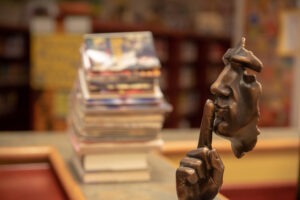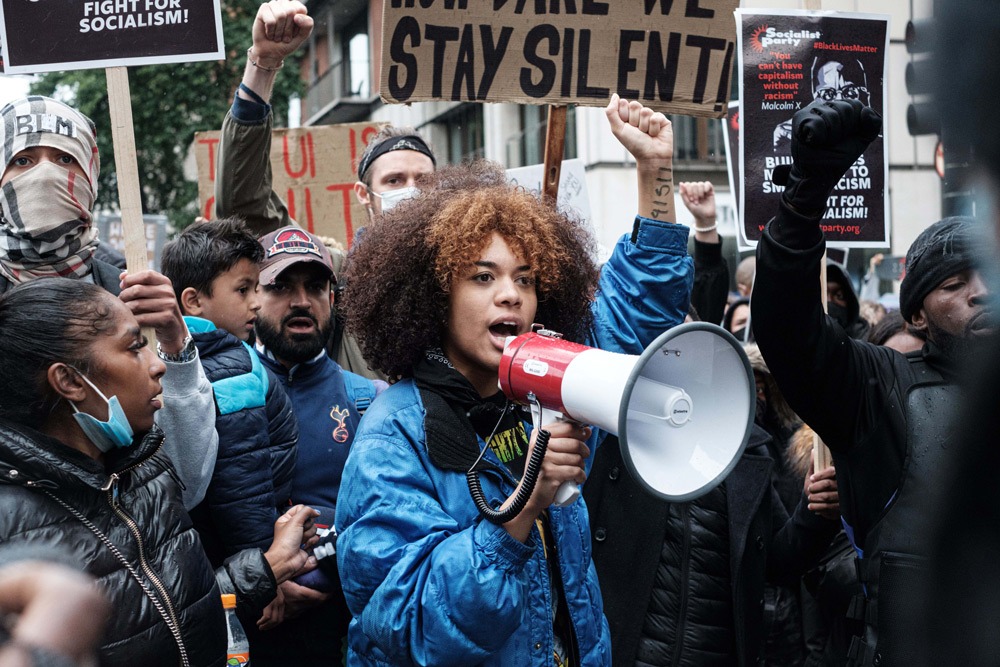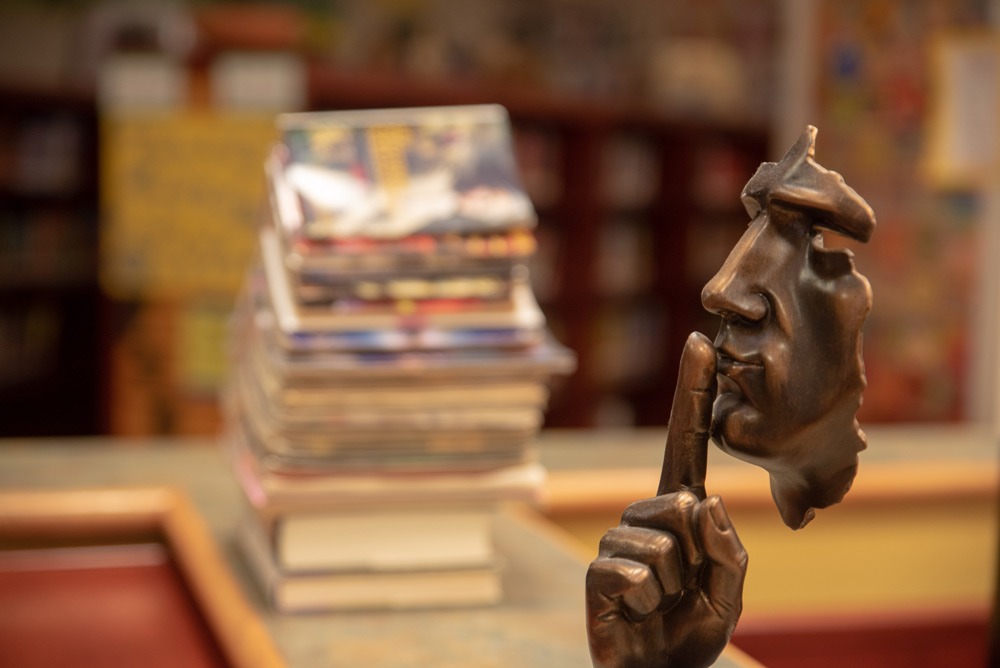
After a lengthy period of periodic protests, businessman Warren B. Kanders has resigned from the board of the Whitney Museum of American Art. The campaign, organized by a group called Decolonize this Place, has been active for more than a year—most recently, eight artists vowed not to show in the prestigious Whitney Biennial exhibition.
Kanders owns Safariland, a company that produces a number of “non-lethal measures,” including the tear gas allegedly used to quell the demonstrations in Puerto Rico and at the Mexico-US border to drive off a crowd that included children.
Protests and petitions had come from staff members, artists, critics, and scholars, but until yesterday, Kanders and the museum, by all accounts, appeared unmoved.
Sign up for our free newsletters
Subscribe to NPQ's newsletters to have our top stories delivered directly to your inbox.
By signing up, you agree to our privacy policy and terms of use, and to receive messages from NPQ and our partners.
Flashy hedge fund mogul Kenneth C. Griffin also resigned yesterday, during a board call where Kanders’ resignation was being discussed. Reportedly, he feels the museum is tilting too far to the left. NPQ has written quite a bit about Griffin since 2012, when he complained about the ultra-wealthy having insufficient influence in political processes. Griffin owns the most expensive home in the United States, an apartment in New York that costs a cool $238 million.
Adam D. Weinberg, the Whitney’s director, senses danger ahead for museums with right wing donors: “The Whitney Museum is one of the most progressive, the most diverse, the most engaged, open programs of any major institution in the country. Every museum director is looking at us right now and saying, ‘Gee, if the Whitney is being targeted, what’s going to happen to us?’”
In his resignation letter, Kanders put his worldview on full display, writing, “The politicized and oftentimes toxic environment in which we find ourselves across all spheres of public discourse, including the art community, puts the work of this board in great jeopardy.”
Toxic is in the eyes of the beholder, of course, and in Kanders’ mind, tear gas in the eyes of children falls well within the bounds of propriety.—Ruth McCambridge












